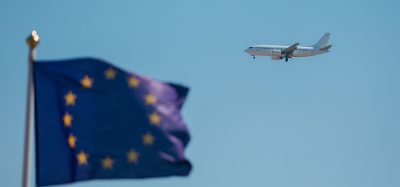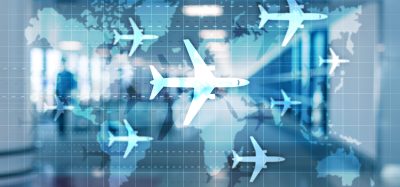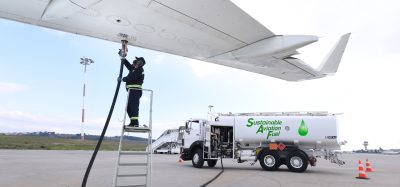New technologies and network approach vital to seamless airspace
- Like
- Digg
- Del
- Tumblr
- VKontakte
- Buffer
- Love This
- Odnoklassniki
- Meneame
- Blogger
- Amazon
- Yahoo Mail
- Gmail
- AOL
- Newsvine
- HackerNews
- Evernote
- MySpace
- Mail.ru
- Viadeo
- Line
- Comments
- Yummly
- SMS
- Viber
- Telegram
- Subscribe
- Skype
- Facebook Messenger
- Kakao
- LiveJournal
- Yammer
- Edgar
- Fintel
- Mix
- Instapaper
- Copy Link
Posted: 11 April 2019 | International Airport Review | No comments yet
ANSPs and States need to work towards a more network- and cross-border-focused mindset to ensure a seamless airspace is achieved.


The Civil Air Navigation Services Organisation (CANSO) has revealed steps that all stakeholders in air traffic management need to take to achieve seamless airspace. Air navigation service providers (ANSPs) and States should continue to take full advantage of new technologies and also start to move towards a more network- and cross-border-focused mindset. CANSO relayed that governments must give ANSPs the freedom to act as normal businesses and that regulators need to adopt a performance-based approach to regulation.
Speaking at the CANSO Global ATM Operations Conference in Langen, Germany, Simon Hocquard, Deputy Director General of CANSO, said: “The task of air traffic management (ATM) is to safely separate aircraft and ensure that airspace users can fly from A to B, safely, efficiently, and cost-effectively; using the optimal route and altitude and without delays. The ATM system therefore needs to be customer-focused, harmonised, resilient and flexible enough to manage both growth and decline of air traffic over short periods as well as long. Seamless airspace is a long-cherished goal and it is what ANSPs and their customers – airspace users – want.”
Hocquard continued: “To achieve seamless airspace, we must continue to take full advantage of the opportunities offered by new technologies, which are helping to harmonise systems, processes and traffic flows without reference to land borders or even land-based equipment.”
These new technologies include digitisation, which is enabling remote air traffic control; automation, which allows planes to reduce separation, thus increasing capacity; big data, which leads to more efficient operations based on actual performance; and space-based surveillance which helps optimise flight paths and reduce separation.
Hocquard also urged the ATM industry to collaborate across a much wider spectrum, focusing on operating more as a network. He commented: “The optimisation of the network, when required, should take precedence over any individual airspace user’s or ANSP’s requirements or preferences. This, in turn, implies a stronger part to be played by a network governance structure. None of this is a threat to sovereignty as States can delegate service provision to a third party without removing any sovereignty rights.”
Collaboration between all stakeholders is essential to achieve seamless airspace. At the operational level, measures such as collaborative decision-making (CDM) and air traffic flow management (ATFM) are key to smooth and seamless flow and improving capacity. ANSPs will need to have increased flexibility to innovate, cooperate or deliver services beyond their national boundaries. For this to happen, providers of ANS need to be treated as normal businesses with the opportunities to make investment decisions, free from relying on government budgets, free to compete across borders and make alliances.
Hocquard added: “We are asking States to deliver ANS in line with the operational requirements of airspace users rather than national borders. We are also requesting that all States separate regulation from the provision of air traffic services and allow ANSPs to act as normal businesses. And we are asking them to adopt a performance-based approach to regulation, looking at what must be achieved rather than what should be done.
“Making seamless operations a reality is a huge and continuing task for the entire ATM industry and is central to our efforts to transform global ATM performance. New technologies are helping these efforts and a change to a network-focused mindset is essential. But we cannot achieve seamless airspace by ourselves and need the full support of all stakeholders in air traffic management.”
Related topics
Air traffic control/management (ATC/ATM), Airport Collaborative Decision Making (A-CDM), New technologies


















